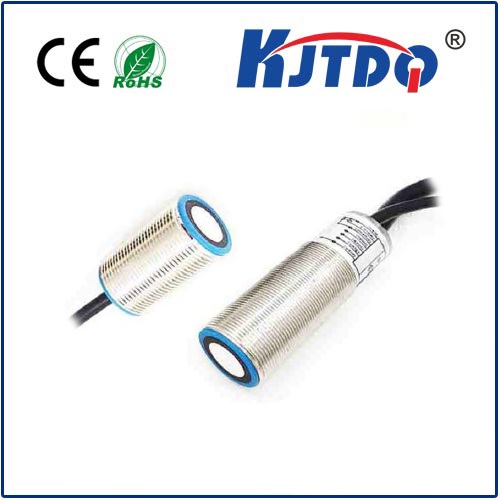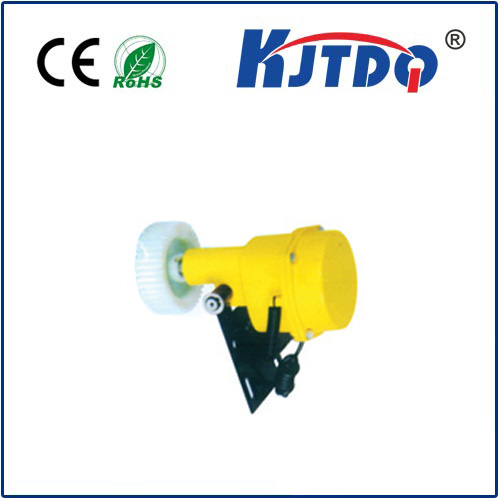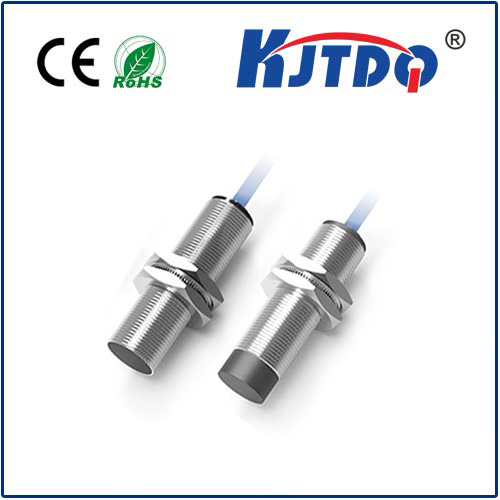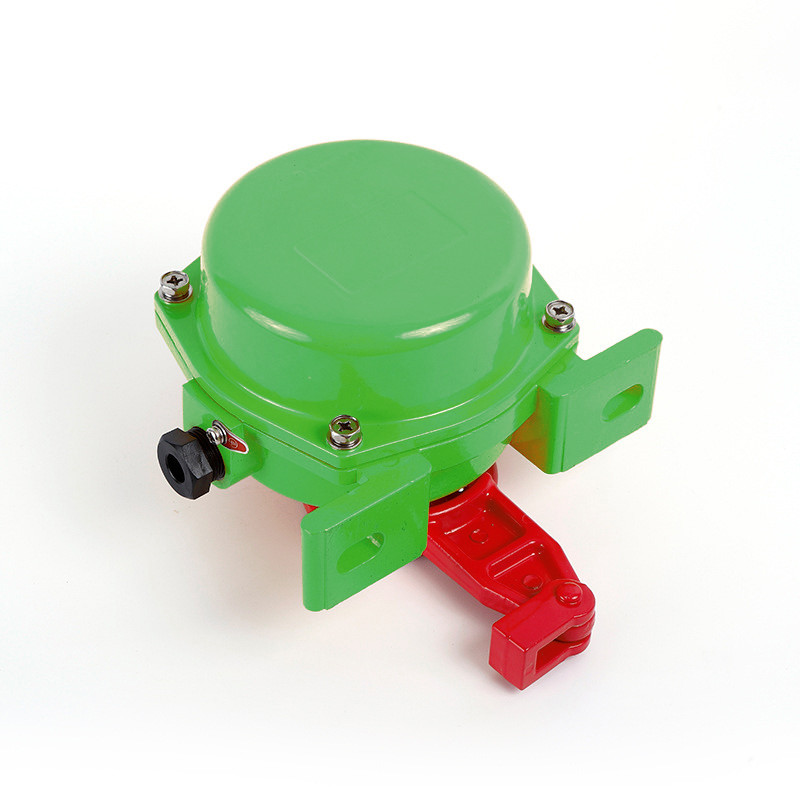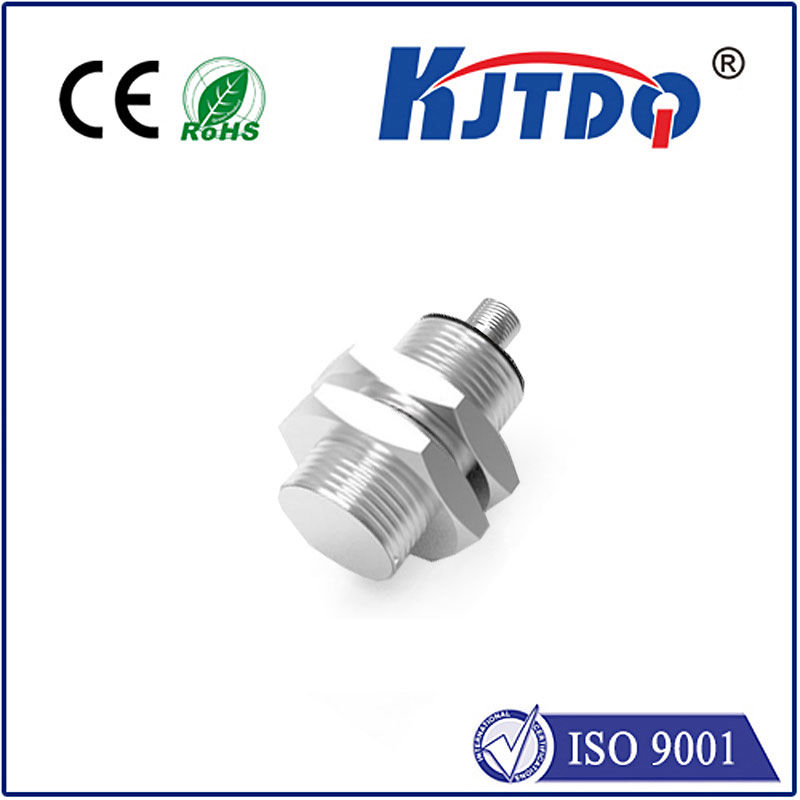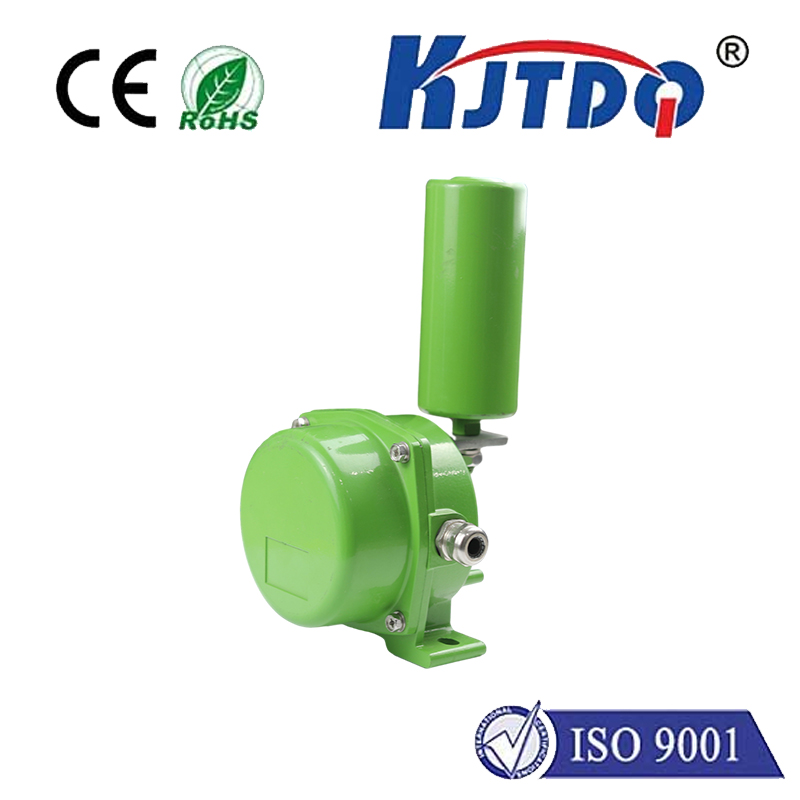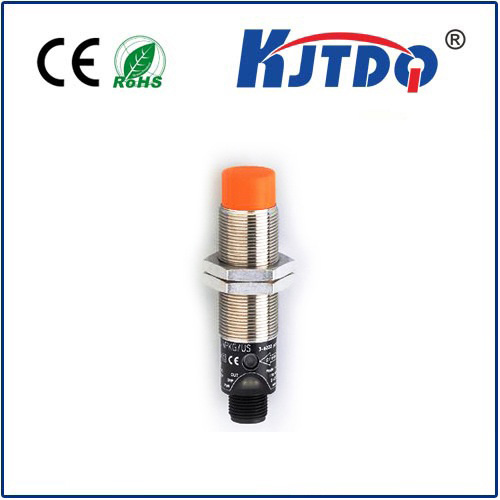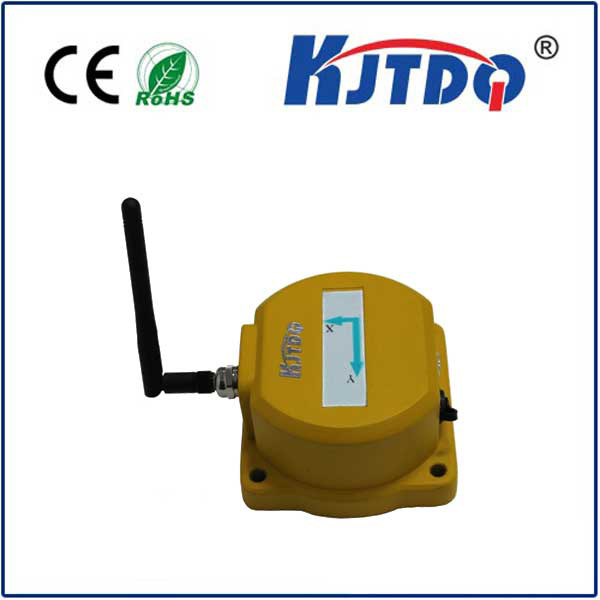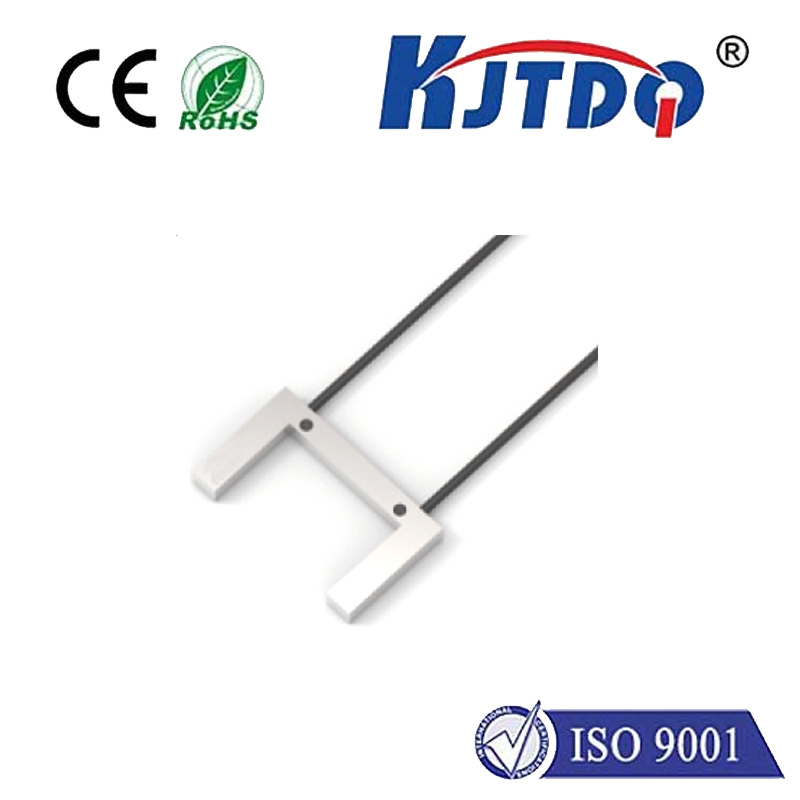

check

check

check

check

check

check

check

check

check

check
Title: The Significance and Function of Limit Switches for Electric Furnaces
Introduction:
The operation of an electric furnace requires precise temperature control to ensure the quality and consistency of its output. One essential component that plays a crucial role in achieving this is the limit switch for electric furnaces. This article will delve into the significance and function of these switches, explaining how they contribute to the efficient and safe operation of electric furnaces.
Understanding Limit Switches:
A limit switch for electric furnaces is a type of switch that monitors the position or motion of a mechanical component within the furnace. When the component reaches a predetermined point, the switch triggers a signal that can initiate or halt specific actions. These switches are designed to withstand high temperatures and harsh environments, making them suitable for industrial applications like electric furnaces.

Temperature Control:
In electric furnaces, limit switches help maintain the desired temperature range by signaling the furnace controller when the set temperature has been reached. This feedback mechanism allows for accurate heating cycles, preventing overheating or underheating, which could compromise product quality.
Safety Features:
Limit switches also serve as critical safety devices in electric furnaces. They can detect if doors or access panels are open, immediately cutting off power to prevent operator injury or damage to equipment. Additionally, they may monitor components like fans or pumps, shutting down the system if these fail, thereby avoiding potential accidents or costly damages.
Energy Efficiency:
By ensuring that electric furnaces operate only when necessary and within preset parameters, limit switches contribute to energy efficiency. They eliminate wasteful energy consumption during idle periods and prevent excessive heating, saving energy and reducing operational costs.
Maintenance and Diagnostics:
Limit switches provide valuable data for maintenance and diagnostics. They can indicate wear or faulty components requiring replacement, enabling timely repairs before more significant issues arise. This proactive approach helps extend the lifespan of the furnace and minimizes downtime.
Conclusion:
Limit switches for electric furnaces are indispensable components that enhance temperature control, improve safety, promote energy efficiency, and facilitate maintenance. Their reliability and precision make them integral to the smooth and effective operation of electric furnaces across various industries. As technology continues to advance, the importance of these switches will likely grow, further optimizing the performance and safety of electric furnace systems.
